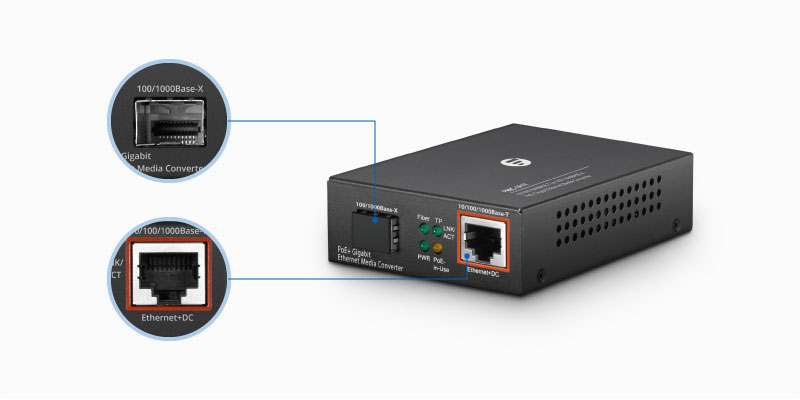If you’ve been reading the news lately, you’ve probably noticed an uptick in articles about the rise of social media sites such as Facebook and Twitter. These platforms have become incredibly popular because they allow users to share pictures and quotes with their friends and family members from anywhere at any time.
However, this surge in popularity has also brought along some new challenges for businesses and marketers alike. Because these websites host user-generated content directly, it’s become increasingly more work for brands to get their posts seen by as many people as possible. And that’s where RSS feeds come in handy.
What is an RSS feed?
An RSS feed, or Simple Syndication, is a type of online content that allows users to subscribe to a channel and receive new content daily or weekly. You can think of it as a “newsletter” that contains your website’s articles.
Unlike email newsletters, RSS feeds are search engine-friendly and provide information through a channel that’s easy for users to access. These channels are primarily used for aggregating content from websites rather than distributing newsletters with advertisements.
Users can either subscribe to an RSS feed directly from their computer or smartphone or have it forwarded to an RSS reader app.
Importance of having an RSS feed on your website
The reason is that most Internet users aren’t that interested in reading lengthy articles on their websites. Many have a shorter attention span and find most content too wordy and hard to understand.
You can keep your readers engaged and coming back repeatedly by providing them with regular content updates.
Every website has different motivations and objectives. But, if you provide timely content to reach a wider audience, you should look into delivering that content via RSS Feeds. Here are a few reasons why.
• It’s easy
Users want everything to be given to them instantly when they ask for it. These feeds allow such feedback from the website and the reader does not have to leave the website to find out more. They can open up their reader, see your notification, and click on your website to know more.
• Automate content delivery
When you update your site, it is not guaranteed that your readers will notice. Instead of emailing every time you update, your subscribers will automatically be notified. This allows you to worry about the content and allows your visitors to get the content they want as soon as it’s available. Plus, no more emails are getting blocked.
• Make your content available to a broader audience.
RSS is becoming more and more popular. It creates direct contact between your content and the subscriber. After years of heavy spamming, people are reluctant to give out their email addresses. But they aren’t as hesitant to subscribe to a feed that regularly provides them with the information they are looking for. With RSS, you have the ability to build a stronger relationship with your audience and attract new readers who seek relevant information. Plus, it’s a hands-off way to update your audience.
• You can reuse old content.
It’s not just about new content. You can reuse valuable content to populate your news feed if you have old articles, newsletters, or product reviews.
• Content Syndication is important
You can quickly share your information with a much larger audience via an RSS feed. Your site receives traffic from your RSS feed, and more people may visit if your feed is syndicated. The greater your opportunity to sell your stuff, the more people you can reach.
You may expand the circulation of your content, your brand awareness, and your marketing reach by utilizing an RSS feed. Additionally, syndication is reciprocal. You are permitted to use their content on your website if you run a local business that sells products from well-known brands and provides RSS Feeds.
How to add RSS on your website
One of the best ways to add RSS feeds on your website is by integrating them into your marketing strategy. One of the most common uses of RSS feeds is to create an email list. Once you have an RSS feed on your site, you can add an “opt-in” button that allows users to sign up for your email list.
Not only does this help you build your email list, but it also allows you to send regular content updates to your subscribers. RSS feeds are also great for distributing your content to places outside of your website. You can repost your feed on various social media networks, including Pinterest, Facebook, and Twitter.
Conclusion
RSS feeds are a great way to attract new readers and expand your reach. They can be used to repost your content on other platforms, allowing you to reach a wider audience.
Having an RSS feed on your website boosts the website dwell time, making it an essential part of your marketing strategy.





